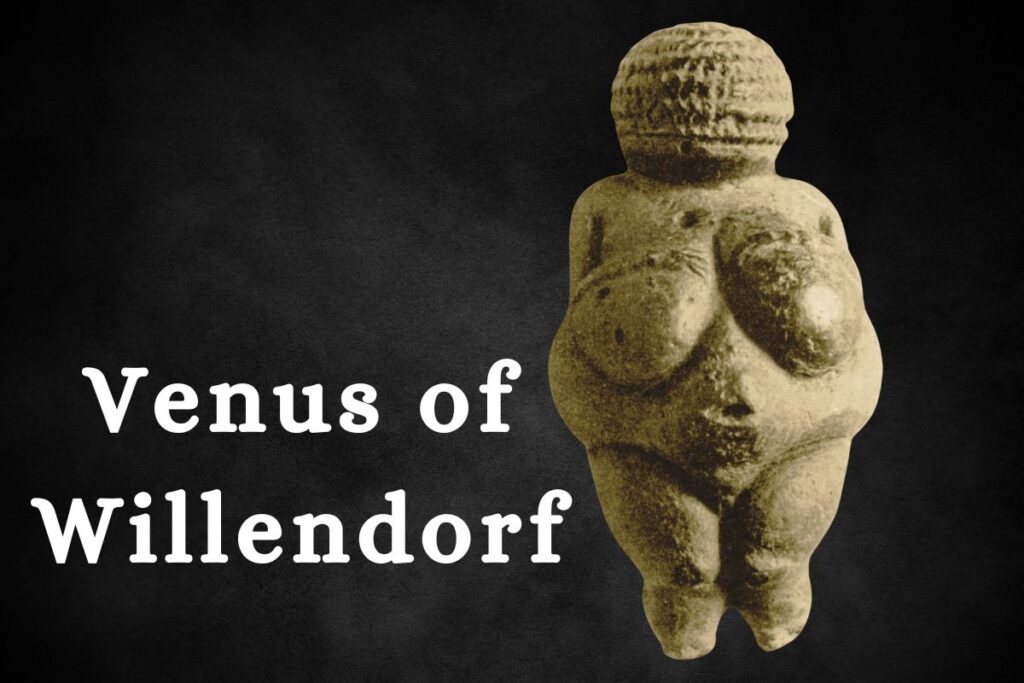Introduction
Welcome to the captivating world of the Olmec civilization, a civilization shrouded in mystery and known for its colossal heads that stand as silent sentinels of the past. In this article, we embark on a journey to uncover the secrets behind the Olmec colossal heads, exploring the materials used in their creation, their locations, the profound significance they hold in the annals of history, the artistry involved, preservation challenges, ongoing research, and the lasting impact of the Olmec civilization on Mesoamerican history.
The Enigmatic Olmec Civilization
Before we delve into the colossal heads, it’s crucial to understand the backdrop against which these ancient marvels emerged. The Olmec civilization, one of the oldest in Mesoamerica, thrived from approximately 1400 BCE to 400 BCE. Flourishing in what is now Mexico, the Olmecs laid the foundation for subsequent civilizations in the region.
The Making of Olmec Colossal Heads
The colossal heads, towering stone monuments, are iconic symbols of Olmec culture. Crafted with remarkable precision, these colossal heads were created using advanced sculpting techniques for their time. But what materials were employed in bringing these colossal heads to life?

-
What Material Was Used?
The Olmec artisans utilized basalt, a volcanic rock, to sculpt the colossal heads. The choice of basalt not only showcased the Olmec’s technical prowess in working with stone but also reflected the spiritual significance they attached to the volcanic material.
How Many Olmec Colossal Heads Have Been Discovered?
The journey of discovery continues as we seek to unveil the extent of the Olmec’s monumental creations. As of the latest research, archaeologists have unearthed Seventeen Olmec colossal heads, each offering a unique glimpse into the civilization’s artistic and cultural prowess.
Delving into the Locations of Olmec Colossal Heads
-
Tracing the Footsteps of Olmec Civilization
They are not scattered randomly but strategically placed, often in ceremonial or civic spaces. The primary locations where these monumental heads have been discovered include Olmec civilization’s reach. These sites not only serve as archaeological treasure troves but also as windows into the daily lives and rituals of the Olmec people.
The Significance of Olmec Colossal Heads
-
Why Are the Olmec Heads Important?
There importance extends beyond their sheer size and artistic finesse. These monumental sculptures are believed to represent Olmec rulers, possibly serving as a form of political propaganda or as symbols of divine authority. Their significance lies in their role as powerful cultural artifacts, providing insights into the Olmec worldview.
-
What Do the Olmec Heads Represent?
They are not mere stone structures; they are enigmatic storytellers. While interpretations may vary, scholars believe that these heads could represent specific individuals, deities, or even a combination of both. The intricate details carved into each head, from unique facial features to elaborate headgear, offer tantalizing clues about the Olmec belief system and societal structure.
The Artistry Behind Olmec Colossal Heads
Beyond their symbolic meaning, the Olmec colossal heads showcase a level of artistry that remains awe-inspiring even in the present day. The meticulous craftsmanship involved in sculpting these massive heads highlights the Olmec’s mastery of form, proportion, and expression. Each head is a testament to the skill and dedication of the artisans who meticulously carved them from the unforgiving basalt.
Preservation Challenges and Ongoing Research
While these colossal heads have endured for thousands of years, they are not immune to the ravages of time. Preservation challenges, including environmental factors and human activities, pose a constant threat to these archaeological wonders. Ongoing research aims not only to unravel more mysteries surrounding the Olmec civilization but also to develop innovative preservation techniques to ensure the longevity of these cultural treasures.
Impact of Olmec Civilization on Mesoamerican History

The influence of the Olmec civilization extends far beyond the physical artifacts they left behind. Their advanced agricultural practices, intricate social structures, and distinctive art styles laid the groundwork for subsequent Mesoamerican cultures, including the Maya and Aztecs. The legacy of the Olmec civilization echoes through the ages, shaping the course of Mesoamerican history.
Frequently Asked Questions (FAQs)
Q: What material was used to make the Olmec colossal heads?
A: Crafted from basalt, a volcanic rock known for its durability and workability.
Q: How many colossal heads have been discovered?
A: As of the latest archaeological findings, Seventeen colossal heads have been unearthed..
Q: Olmec Colossal heads’ location?
A: In various locations, including the reach and influence of the Olmec civilization, Olmec colossal heads have been discovered.
Q: Why are the Olmec heads important?
A: The Olmec heads hold immense importance as representations of Olmec rulers, possibly serving political and religious purposes, providing valuable insights into the civilization’s socio-political dynamics.
Q: What do the Olmec heads represent?
A: The Olmec heads, believed to symbolize rulers or deities, reveal the diverse tapestry of Olmec beliefs and societal structures.
Conclusion
In concluding our exploration of Olmec colossal heads, we find ourselves standing at the intersection of history and mystery. These monumental sculptures continue to beckon archaeologists, historians, and curious minds alike, inviting us to unravel the enigmatic stories woven into their stone forms. As we peer into the past through the lens of the Olmec civilization, the heads stand testament to the enduring legacy of a culture that sculpted not only stone but also the narrative of Mesoamerican history.


